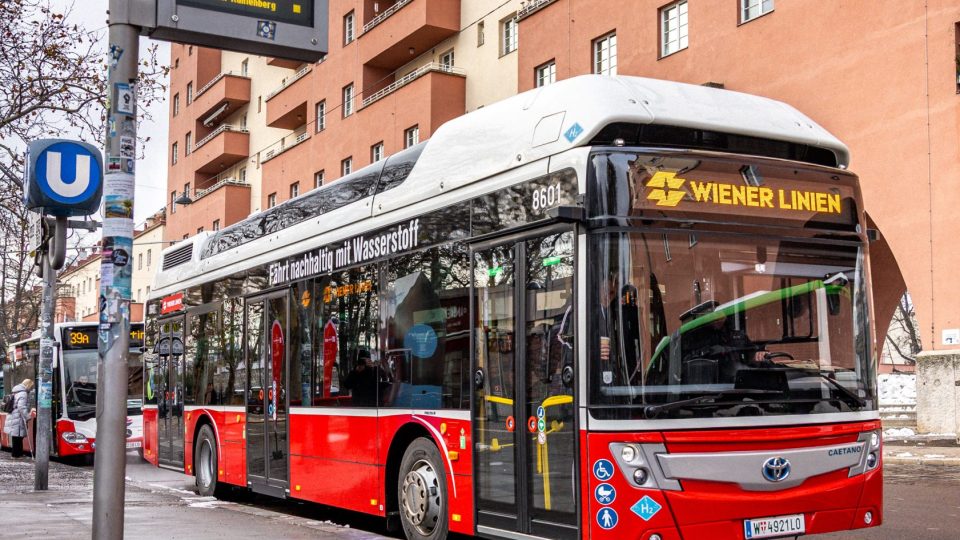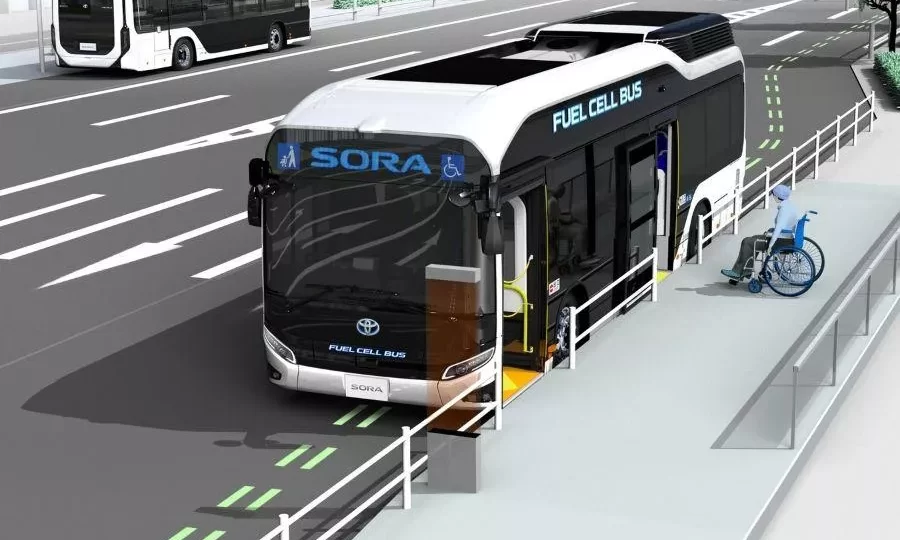CaetanoBus working to bring hydrogen buses to airports in Portugal
ANA-Vinci Airports, Galp, CaetanoBus, and Mitsui have agreed to evaluate the feasibility of reducing carbon dioxide emissions from airports in Portugal by replacing traditional combustion engine buses (and airport operations vehicles) with an environmentally friendly hydrogen-powered fleet. The study will evaluate the most appropriate location and various aspects of airport operations, including the type and […]

ANA-Vinci Airports, Galp, CaetanoBus, and Mitsui have agreed to evaluate the feasibility of reducing carbon dioxide emissions from airports in Portugal by replacing traditional combustion engine buses (and airport operations vehicles) with an environmentally friendly hydrogen-powered fleet.
The study will evaluate the most appropriate location and various aspects of airport operations, including the type and number of vehicles to be considered, hydrogen production and distribution strategy, alternative equipment suppliers, initiation of fleet replacement and regulatory requirements, and the most profitable business model.
Each of the partners will be responsible in a complementary way for studying and evaluating the project axes that best fit their business activities and decarbonization strategies. The four companies will evaluate the results of the assessment and decide by the end of the year whether to proceed further with the project.
The decision by ANA-Vinci Airports, Galp, Caetano and Mitsui to jointly explore green hydrogen as a possible solution to decarbonize airport operations stems from their individual commitment to develop solutions that can accelerate the transition to a more sustainable energy system.










